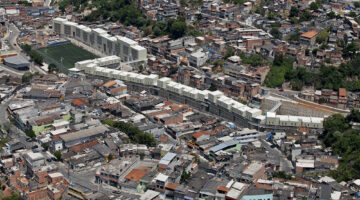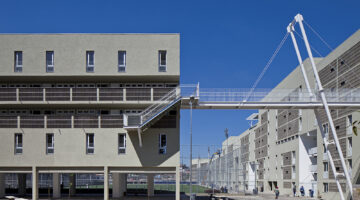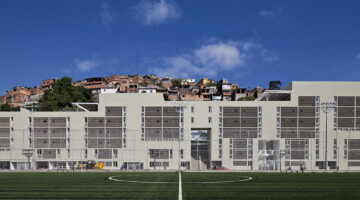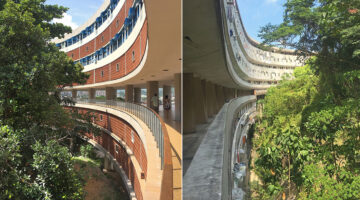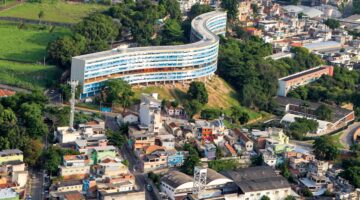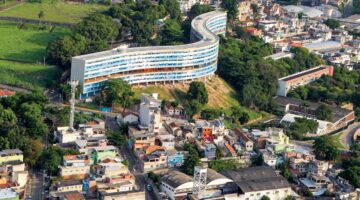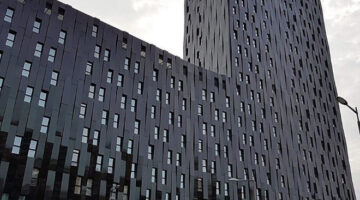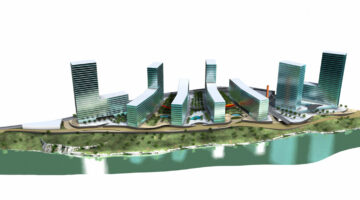RENOLUTION and IRISbox online one-stop-shop solutions to vacant buildings, Brussels-Capital Region
Main objectives of the project
In Brussels, leaving a residential property vacant for over 12 months is illegal, with hefty fines enforced by dedicated units. To encourage property utilization, measures like involving Social Rental Agencies and providing renovation grants have been introduced. However, accessing support was challenging due to numerous programs. To simplify, all schemes were consolidated under RENOLUTION, linked to IRISbox, easing identification and application processes. These efforts reduce complexity and administrative burdens, motivating owners to refurbish and occupy their vacant properties.
Date
Stakeholders
- Brussels-Capital Region
Location
Country/Region: Belgium, Brussels
Description
In the Brussels-Capital Region of Belgium, leaving a residential property vacant for over 12 months is against the law and can lead to significant fines. Dedicated units within the Region focus on identifying and prosecuting owners of such properties. However, this process can be time-consuming and costly. To address this, alternative measures have been introduced to encourage property owners to utilize their vacant properties. One option is to entrust the management of the property to a Social Rental Agency (SRA), providing housing for low-income households. Another approach is to offer special home renovation grants, especially beneficial for properties that don't meet decent standards.
Over time, the number of available grants and public supports for renovation and maintenance has increased, resulting in difficulty for property owners, including public housing providers, in identifying and accessing assistance opportunities. To streamline this process, two significant actions were taken. Firstly, all available schemes were consolidated under one umbrella called RENOLUTION. This centralized platform offers a clear, searchable catalog of support schemes along with administrative support services. Secondly, RENOLUTION was linked to IRISbox, the Brussels Region's online platform for public assistance programs. Through IRISbox, users can easily identify available schemes and swiftly submit applications for support.
These initiatives have significantly reduced the complexity and administrative burden associated with accessing public supports for renovation and building improvement activities. For owners of vacant properties, this streamlined approach could make a substantial difference in facilitating the necessary improvements to bring their properties back into use.


